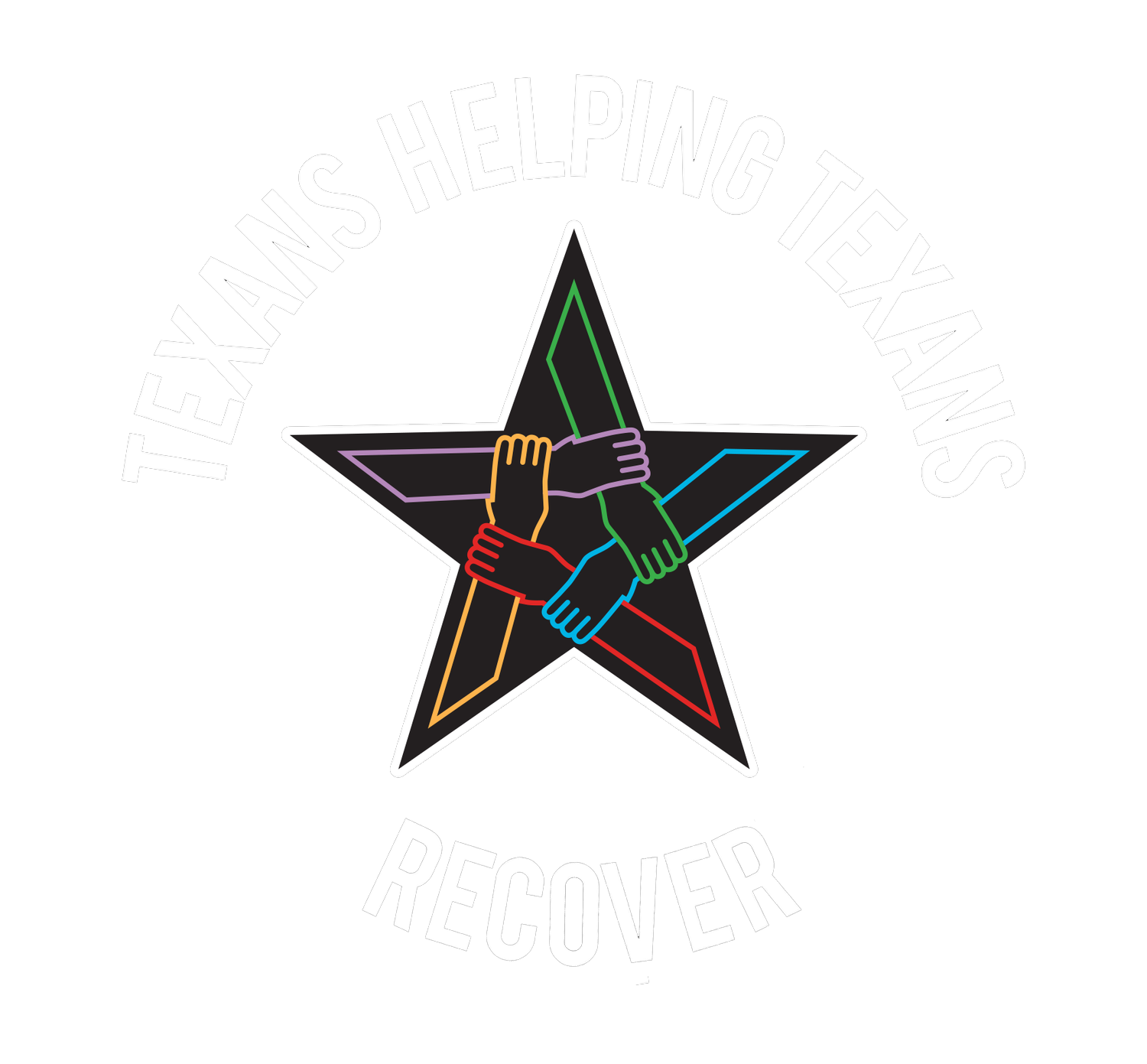
Winter Storm Uri
Notes
Privileged and Confidential
FROM COMPTROLLERS OFFICE OF TEXAS (Source: https://comptroller.texas.gov/economy/fiscal-notes/2021/oct/winter-storm-impact.php)
Winter Storm Uri, the severe weather event of February 2021, will long be etched into many Texans’ minds. What might have been a rare opportunity for residents to experience significant snow accumulation turned catastrophic as power blackouts spanned most of the state from Feb. 15-18. A survey conducted by the University of Houston (UH) Hobby School of Public Affairs in mid-March found that more than two out of three, or 69 percent, of Texans lost power at some point during Feb. 14-20, and almost half, or about 49 percent, had disruptions in water service. The storm contributed to at least 210 deaths, and sources cited by the Federal Reserve Bank of Dallas estimated the state’s storm-related financial losses would range from $80 billion to $130 billion (https://www.dallasfed.org/research/economics/2021/0415.aspx).
Texas Energy and the Winter Storm
Like many other things in Texas, energy is big, and much of it also is independent. That independence extends to Texas’ unique place as the only state in the continental United States that is not substantially interconnected with either the Eastern Interconnection or the Western Interconnection (Exhibit 1). The Public Utility Commission of Texas (PUC) regulates the Electric Reliability Council of Texas (ERCOT), which manages the electricity grid.
More than 26 million Texas customers, or nearly 90 percent of the state’s population, depend on ERCOT for electricity services. ERCOT does not have its own grid infrastructure but instead relies on power generation companies, electricity providers/utilities (i.e., investor-owned and municipally owned providers, electric cooperatives and the river authorities), and transmission and distribution utilities that participate in the wholesale energy market.
Texas energy is generated from a variety of sources with the majority supplied by natural gas, wind and coal — 51 percent, 24.8 percent and 13.4 percent, respectively . More than 1,800 active market participants generate, move, buy, sell or use wholesale electricity, and ERCOT works with them to provide individual consumers with electricity. To ensure that the process runs smoothly, ERCOT produces seasonal planning reports to prepare for changes in weather and demand, as well as for potential emergencies based on historical data and planned outages for maintenance as well as other similar purposes.
Winter Storm Uri far exceeded the parameters of ERCOT’s seasonal planning. According to the National Weather Service, freezing rain and drizzle coated North and Central Texas as the storm began rolling in on Feb. 11, 2021, causing up to one-half inch of ice accumulation in some locations. Snow later followed on Feb. 14-17, with 5 inches recorded at Dallas-Fort Worth (DFW) International Airport and 4.6 inches recorded at Waco Regional Airport. DFW recorded 139 consecutive hours of at or below freezing temperatures, and the Waco airport recorded 205 consecutive hours.
Gov. Greg Abbott issued a state of emergency declaration on Feb. 12 due to the severity of the storm. On Feb. 13, some electricity generators began experiencing outages, and on Feb. 14, ERCOT issued a public plea for customers to reduce energy usage after power generation could not be increased to meet demand. As the grid continued to struggle to meet demand, controlled blackouts occurred, and on Feb. 15, ERCOT issued a declaration of emergency. According to a University of Texas at Austin (UT-Austin) energy report, the grid did not normalize until Feb. 19 and narrowly missed a catastrophic failure that potentially could have caused a total blackout throughout the state.
A Perfect Storm of Causation
The UT-Austin report found that Uri, although not the most severe Texas winter storm on record, caused the most loss of electricity. The report also stated that rolling blackouts were intended to take stress off the power grid but turned into outages that — in some parts of the state — lasted several days. According to the report, multiple factors caused those extended blackouts, including that ERCOT underestimated peak demand by nearly 14 percent and weather forecasts misjudged the severity and timing of the storm.
While planned generator outages fell within the appropriate range listed in ERCOT’s seasonal plan, the report found that outages were still high in number. Additionally, energy power generators failed on all fronts, including those powered by natural gas, wind and coal.
Texas Lives Affected
EXHIBIT 3: PERCENTAGE OF TEXANS WITHOUT ELECTRICITY OR RUNNING WATER, FEB. 14-20
Electricity: 69%
Water: 49%
Source: University of Houston, Hobby School of Public Affairs, “The Winter Storm of 2021” survey
As mentioned, 210 people perished because of Winter Storm Uri. According to the Texas Department of State Health Services (DSHS), most fatalities can be attributed to hypothermia, vehicle crashes, carbon monoxide poisoning and chronic medical conditions complicated by the storm. (DSHS continues to monitor and update this figure as new information becomes available.)
Many residents found conditions within their homes unbearable, with indoor temperatures at or below freezing. Texas residents who were dependent on electrically powered medical equipment were especially vulnerable. According to the UH survey, of the 69 percent of Texans who lost power during the storm, their average disruption was 42 hours — 31 of those consecutive. And of the 49 percent of Texans who lost running water, their average disruption was 52 hours.
In addition to electricity and other utility disruptions, Texas residents experienced a host of negative effects from the winter storm. The UH survey found that three-quarters of respondents had difficulty procuring food and groceries. Meanwhile, 31 percent had water damage to their residences, and of those, only 18 percent believed insurance would likely cover the damage.
Source: https://comptroller.texas.gov/economy/fiscal-notes/2021/oct/winter-storm-impact.php
